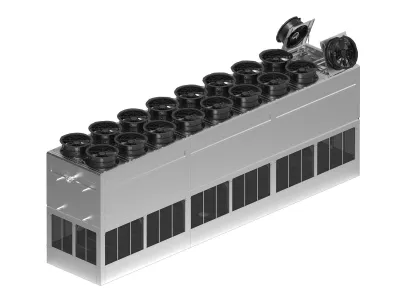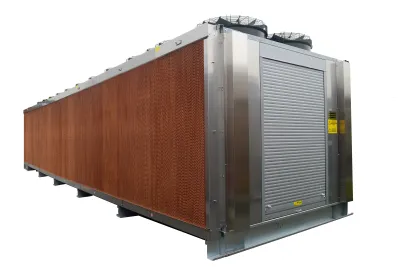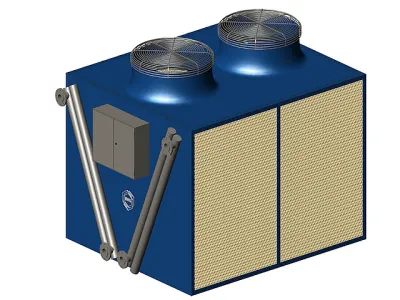The wet bulb temperature
wet bulb temperature
If the measuring tip of a thermometer is moistened, the thermometer shows a lower temperature than the measured room temperature.
How does it work?
The thermometer indicates the so-called wet-bulb temperature.
This can be done with any thermometer by moistening the measuring tip. As soon as the moisture has reached room temperature, it begins to evaporate.
The evaporation process is a phase change that requires latent heat. This energy is extracted from the surrounding air, which cools down and the water cools down with it. The sensible heat of the air decreases due to the evaporation process. However, their latent heat increases to the same extent. The cooling process of the air is therefore adiabatic (heat-tight). Depending on the relative humidity of the air, a lower temperature can be read on the thermometer, the so-called wet-bulb temperature.
The difference between the room temperature and the wet bulb temperature is a measure of the relative humidity.
A calculation example:
At a room temperature of 23°C and a wet bulb temperature of 18°C, the determined relative humidity is φ = 60%.

The wet-bulb temperature is of practical importance for indirect evaporative cooling or for humidifying room air in air-conditioning technology.







